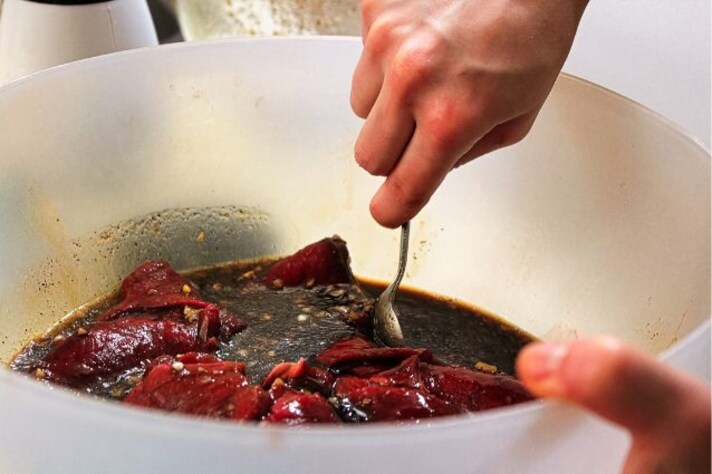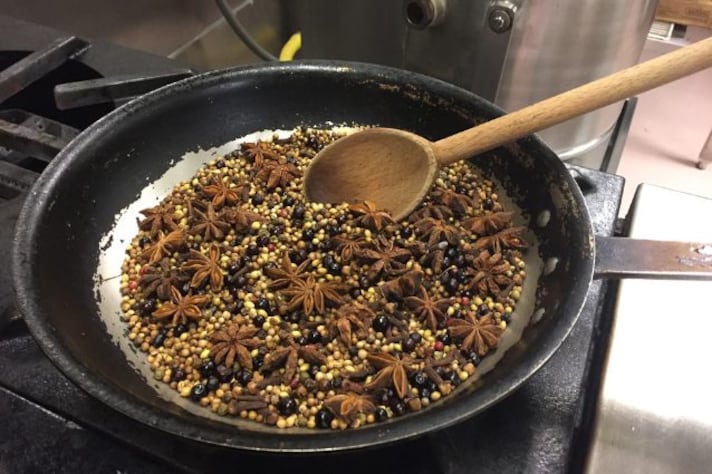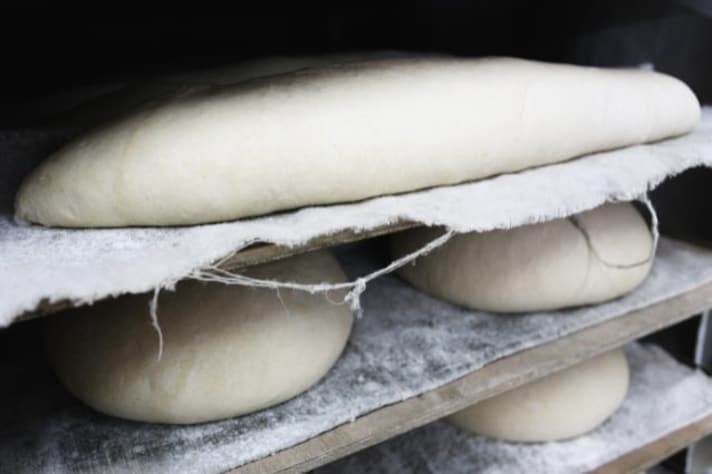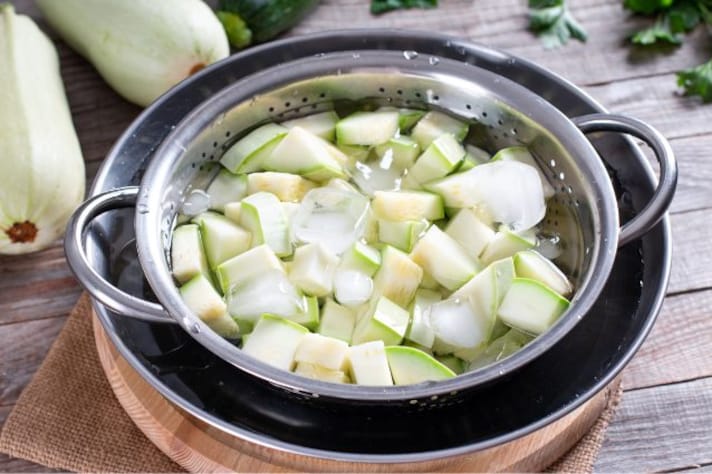
When you're approaching the world of cooking for the first time, a gateway to that is, certainly, recipes filled with step-by-step instructions. Sometimes these instructions are a bit extreme and take away a lot of your time—seriously, a lot—and might leave you discouraged as to following them because you think you have no time. What if we told you that there are some steps you can always (or almost always) skip in recipes? Here are ten steps you can generally omit without compromising the quality of your dish.
1. Sifting Flour
Unless you're baking something that requires extreme precision, like a soufflé or delicate cake, sifting flour is often unnecessary. Most modern flours are pre-sifted, and whisking your dry ingredients together can achieve a similar effect. By simply whisking the flour with other dry ingredients, you can break up any lumps and mix them thoroughly. However, if you're working with recipes for light, airy desserts like an angel food cake or a sponge cake, you might still want to sift to ensure the perfect texture.

2. Preheating the Oven for Extended Periods
Preheating the oven is essential, but many recipes overestimate how long this takes. Instead of preheating the oven before you start your prep, you can begin the preheating process while you're preparing the ingredients. Most ovens reach the desired temperature within 10-15 minutes, saving you some waiting time. Be cautious with dishes like pizza or certain pastries that require an immediate high temperature; for those, a thoroughly preheated oven is crucial.
3. Marinating Overnight
While marinating can enhance flavor, most recipes benefit just as much from a shorter marinating period. Typically, marinating for 30 minutes to a few hours is sufficient, especially for smaller cuts of meat or vegetables. Large cuts of meat or dishes where deep flavor penetration is crucial might need the full marinating time, but for everyday cooking, shorter marinating times are just fine.

4. Peeling Vegetables
Many vegetables have edible skins that add texture, flavor, and nutrients to your dish. By thoroughly washing vegetables and using them with their skins on, you can save time and boost the nutritional value of your meals. This approach works particularly well with potatoes, carrots, and cucumbers. However, if the skin is particularly tough or bitter, such as certain squashes, or if the recipe specifically benefits from peeled vegetables, like mashed potatoes, peeling might still be necessary.
5. Toasting Nuts and Spices
Toasting can enhance flavor, but it's not always necessary, especially for quick recipes. Using nuts and spices as they are often suffices, as the cooking process will bring out enough flavor. Nevertheless, for dishes where the nutty flavor is central, like in pesto, or in complex spice blends, toasting can make a significant difference, and skipping this step might impact the final taste.

6. Browning Meat in Multiple Batches
Browning meat in batches is done to avoid overcrowding the pan, which can steam instead of sear the meat. However, for many home-cooked dishes, this step can be streamlined. Using a larger pan if possible or browning the meat all at once if slight steaming is acceptable can save you time. When making stews or braises where a deep, rich flavor is desired, it's worth taking the time to brown the meat properly.
7. Resting Dough for Long Periods
Some recipes call for lengthy resting periods for dough, but many can be shortened without much loss in quality. Reducing the resting time to a minimum of 10-15 minutes allows the dough to relax and hydrate adequately for most purposes. Bread and pizza dough often benefit from longer resting periods for better texture and flavor, so those are worth the wait.

8. Using a Water Bath for Baked Goods
A water bath is used to ensure even cooking and prevent cracking, but it can be a hassle to set up. Instead, you can lower the oven temperature slightly and bake for a longer time, keeping an eye on the moisture level. For delicate desserts like cheesecakes or custards, however, a water bath is crucial to achieve the right texture, and skipping it might result in a subpar dessert.
9. Blanching Vegetables
Blanching is often done to soften vegetables or preserve color before further cooking. Instead of blanching, you can steam or microwave vegetables briefly. This can be quicker and retains more nutrients. For recipes where texture and color are paramount, like in salads or cold dishes, blanching might still be necessary.

10. Making Your Own Stock
Homemade stock is delicious but time-consuming. Using high-quality store-bought stock or broth can save a lot of time while still providing excellent flavors for most recipes. If the stock is a major component of the dish, like in a consommé or a broth-based soup, homemade might be worth the effort, but for everyday cooking, store-bought is usually just fine.
;Resize,width=767;)
